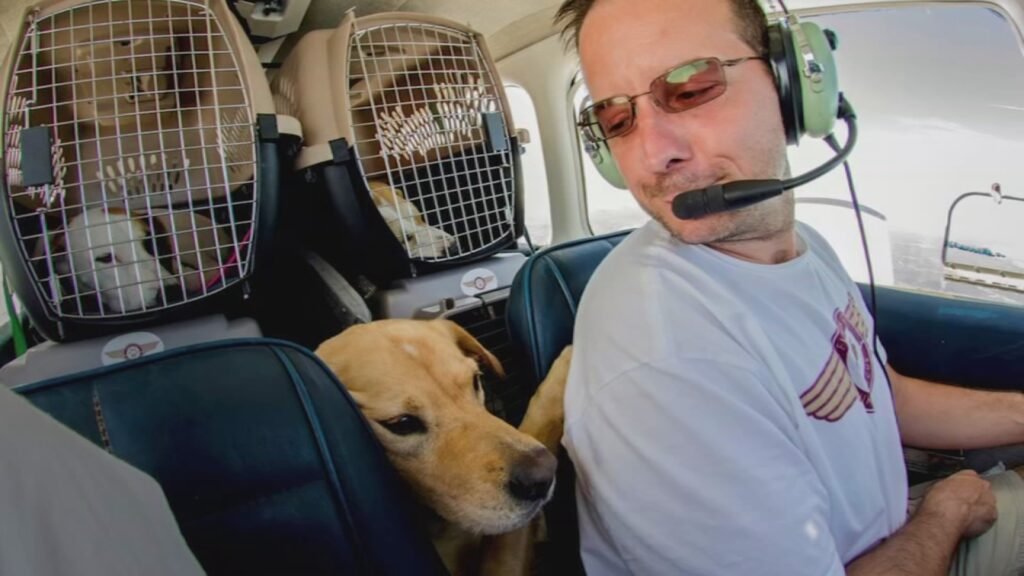At Sustainable Action Now, we believe that protecting the planet means taking real, coordinated steps—especially when it comes to safeguarding our most precious resource: water. The global textile and apparel industry, while economically vital, has long contributed to the degradation of freshwater systems. But now, thanks to strategic collective action and cross-sector collaboration, change is not only possible—it’s already happening.
A powerful case in point is WWF’s Collective Action Programmes on Water Stewardship, which since 2011 have been transforming how water is managed in some of the world’s most ecologically and economically significant river basins. Through multi-stakeholder partnerships, these programs are actively working to reduce pollution, restore aquatic ecosystems, and build more resilient communities across the globe.
Learn more about global conservation efforts and freshwater challenges on our Wildlife and Water Stewardship resource page.
🌊 The Urgent Need for Collective Action
The past year has served as a sobering reminder of how climate change and unsustainable industrial practices are colliding—putting freshwater ecosystems and global supply chains at critical risk. The year 2024 marked the hottest year on record, with average global temperatures surpassing the 1.5°C threshold above pre-industrial levels. This dramatic temperature increase has had widespread consequences:
- Severe flooding in Brazil, Spain, South Asia, and other regions
- Catastrophic droughts in the Amazon, Panama Canal, and southern Africa
- Supply chain disruptions, including a staggering 50% drop in garment production in Bangladesh due to climate-related and socio-political challenges
- Heartbreaking biodiversity loss, like the death of over 150 pink river dolphins in Lake Tefé, Brazil
These events are not isolated. They are part of a larger, escalating pattern—one that highlights just how crucial sustainable water management has become, especially in water-intensive sectors like textiles.
🧵 How the Textile Industry Impacts Freshwater Systems
The textile and apparel industry is one of the most water-intensive in the world, responsible for:
- High water consumption for cotton farming and dyeing processes
- Chemical pollution from untreated wastewater
- Waste accumulation that clogs rivers and damages aquatic habitats
Without action, these impacts will continue to accelerate biodiversity loss and water insecurity, especially in regions already vulnerable to climate stressors. The solution lies in collective, scalable, and basin-level intervention—exactly what WWF’s programs are designed to deliver.
🌍 WWF’s Global Approach to Water Stewardship
Since its first pilot in China’s Taihu Basin in 2011, WWF’s collective action model has expanded to several critical river systems including:
- Buyuk Menderes, Türkiye
- Noyyal-Bhavani, India
- Indus Basin, Pakistan
- Mekong Delta, Vietnam
These programs work across sectors, bringing together:
- Corporate partners from the textile and fashion industry
- Government agencies at both local and national levels
- Financial institutions and investors committed to sustainable development
- Community organizations and civil society groups who are vital to grassroots change
The goal? To reduce the environmental footprint of the textile industry, ensure healthy river flows, restore biodiversity, and build resilient economies rooted in sustainability.
Explore our full wildlife conservation and water-related initiatives here.
🌱 Key Highlights from WWF’s 2024 Report
Despite unprecedented challenges, 2024 showed significant progress and lessons in global water stewardship:
- Innovative wastewater treatment projects helped improve water quality in textile hubs across South Asia.
- Corporate accountability frameworks were implemented, ensuring more companies track and reduce their water usage.
- Nature-based solutions, such as wetland restoration and reforestation in riparian zones, were piloted to enhance resilience.
- Community-led monitoring of water quality empowered local residents to protect their waterways and demand corporate responsibility.
- Policy advocacy at the national level led to more robust environmental regulations and compliance enforcement in multiple countries.
These successes demonstrate what’s possible when governments, businesses, and communities work in tandem.
📉 The Alarming Decline of Freshwater Biodiversity
According to the 2024 Living Planet Report, freshwater biodiversity has plummeted by 85% since 1970—the steepest decline among all ecosystems. The degradation of rivers, lakes, and wetlands is not just an environmental tragedy; it’s a socio-economic crisis. These ecosystems:
- Provide drinking water for billions
- Sustain agriculture and food security
- Act as buffers against climate disasters like floods and droughts
- Support critical livelihoods and cultures
Failing to protect them puts entire communities and economies at risk.
🚀 What We Need to Do Next
The message is clear: we must act now to protect and restore freshwater ecosystems, and that means scaling up the collective action approach.
At Sustainable Action Now, we’re calling on:
- Textile and fashion companies to adopt stricter water sustainability standards
- Policymakers to enforce water stewardship regulations
- Consumers to support ethical and sustainable brands
- Communities and NGOs to continue driving grassroots efforts and holding industry accountable
Let’s not wait until the next catastrophe to take water seriously. The future of our rivers—and our planet—depends on what we do today.
🌐 Get Involved and Stay Informed
Want to be a part of the solution? Here’s how you can take action today:
✅ Read more on WWF’s work and global water issues on our Wildlife page
✅ Support sustainable brands and demand transparency
✅ Share this report with your networks to spread awareness
✅ Donate or volunteer with organizations making a tangible impact on freshwater conservation
🧭 Final Thoughts: 2024 Was a Wake-Up Call—2025 Must Be a Turning Point
We’ve seen the cost of inaction. From deadly floods to heartbreaking biodiversity loss, the signals are impossible to ignore. But there is also hope—hope found in partnerships, innovation, and unwavering commitment to a better future.
Let’s turn awareness into action. Together, we can create a world where clean water flows freely, freshwater ecosystems thrive, and industries operate in harmony with nature.
Visit Sustainable Action Now’s wildlife page to dive deeper into the stories, solutions, and people working on the front lines of freshwater and biodiversity conservation.


